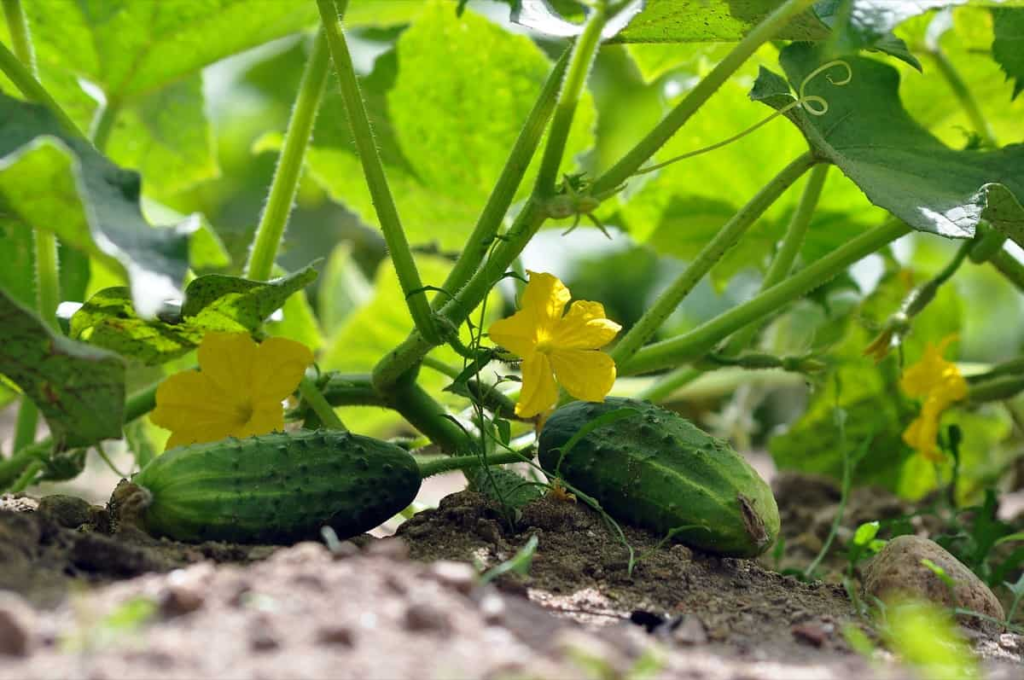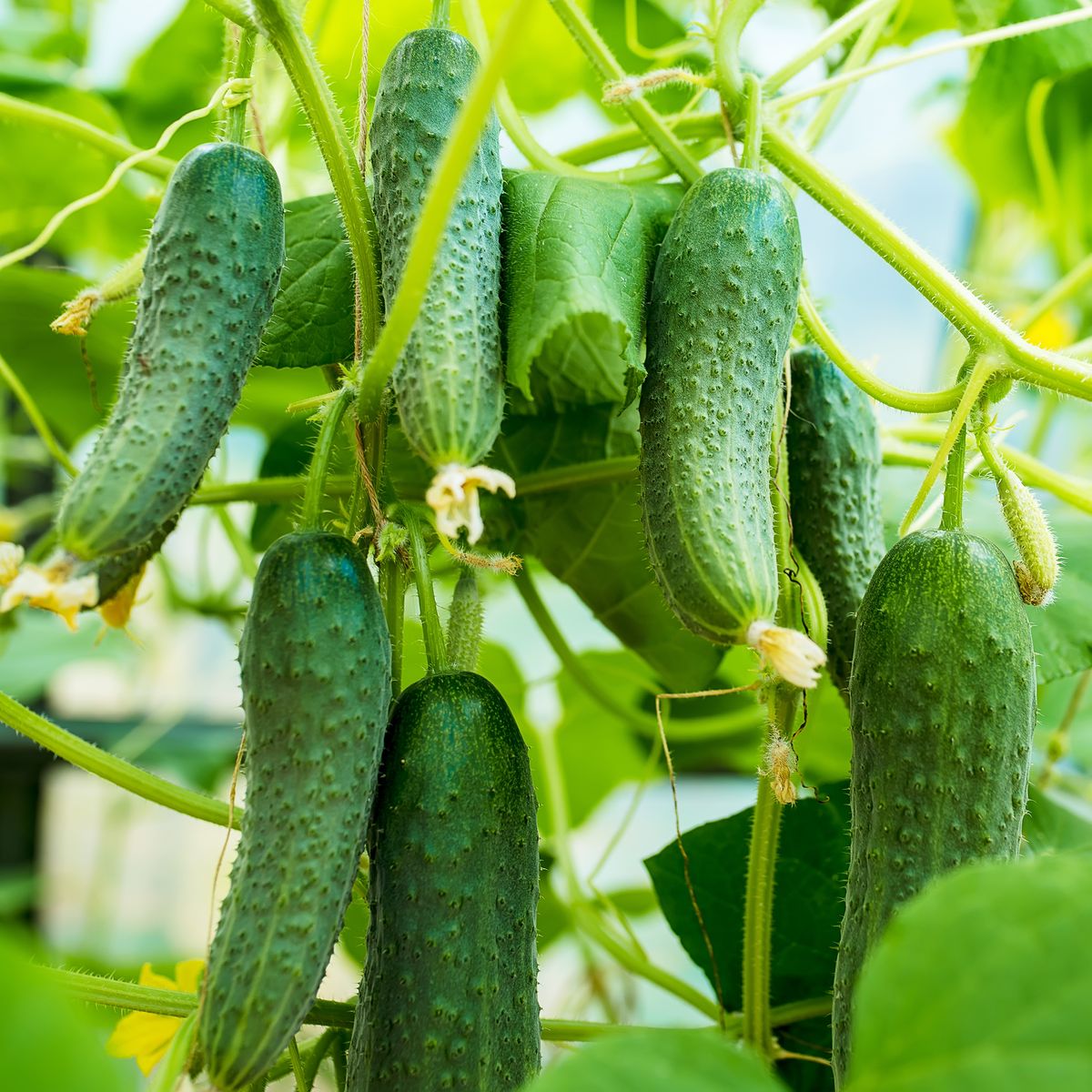By Jessica Jacobs
Contributing Writer
Growing cucumbers can be a deeply rewarding experience, offering a bounty of crisp, versatile vegetables perfect for salads, sandwiches, and pickling. However, one overlooked yet essential task could spell disaster for your entire harvest: identifying and managing male and female cucumber flowers.
This critical step plays a pivotal role in ensuring your cucumber plants thrive. Below, we’ll explore why understanding the distinction between these flower types is vital, how to identify them, and what else can jeopardize your cucumber harvest.
The Importance of Male and Female Flowers
Cucumber plants produce two types of flowers: male and female, each with a specific role in the pollination process necessary for fruit production.

- Male Flowers provide pollen, the key ingredient for fertilization.
- Female Flowers contain the ovaries, which develop into cucumbers if properly pollinated.
Pollination, the transfer of pollen from male to female flowers, is the linchpin of fruit development. Without it, female flowers will wither, and your plants will fail to produce cucumbers.
How to Differentiate Male and Female Flowers
Learning to identify male and female cucumber flowers is easier than it seems. Here’s a guide to help you:
Male Flowers
- Appear earlier in the growing season and are more abundant.
- Have a thin, slender stem.
- Feature a straightforward structure with stamens at the center, responsible for pollen production.
- Lack a small, swollen base (the embryonic cucumber).
Female Flowers
- Appear slightly later than male flowers.
- Have a tiny cucumber-like swelling at the base, indicating the potential fruit.
- Contain a stigma at the center, which receives pollen, surrounded by stamens.
Why Neglecting Pollination Can Ruin Your Harvest
Failing to distinguish and facilitate pollination between male and female flowers can result in:
- Reduced Yield: Poor pollination leads to fewer cucumbers or misshapen ones.
- Bitter Taste: Insufficiently pollinated cucumbers often develop an unpalatable bitterness.
- Wasted Resources: Time, water, and nutrients go to unproductive flowers.
Ensure your plants have access to pollinators like bees, or hand-pollinate with a small brush to mimic nature.
Other Factors That Can Jeopardize Your Harvest
Even with proper pollination, several other issues can undermine your cucumber plants:
- Poor Soil Conditions: Cucumber plants need well-draining, nutrient-rich soil. Compact or nutrient-deficient soil stunts growth.
- Inconsistent Watering: Irregular watering can cause bitterness, stunted growth, and issues like blossom-end rot.
- Pests and Diseases: Pests like aphids and cucumber beetles, along with diseases like powdery mildew or bacterial wilt, can damage plants.
- Overcrowding: Tight spacing limits air circulation, promotes disease, and reduces sunlight access.
- Improper Trellising: Without support, cucumbers can develop deformities and are more susceptible to rot and pests.
- Nutritional Deficiency: Cucumbers require balanced fertilization to flourish.
- Unfavorable Weather: Temperature extremes or prolonged rain can stress plants.
- Late Harvesting: Overripe cucumbers become tough and signal the plant to stop producing.
Cultivating Success
Mastering the basics of cucumber cultivation, starting with identifying male and female flowers, is the cornerstone of a productive harvest. Combine this knowledge with proper care practices, pest control, and timely harvesting to enjoy a plentiful supply of delicious, homegrown cucumbers.
By staying vigilant and proactive, you can transform your garden into a cucumber-producing haven.
